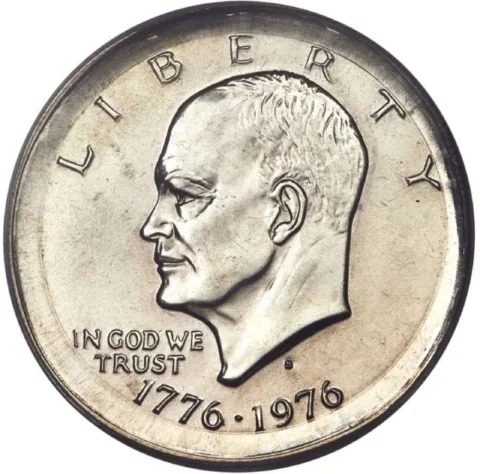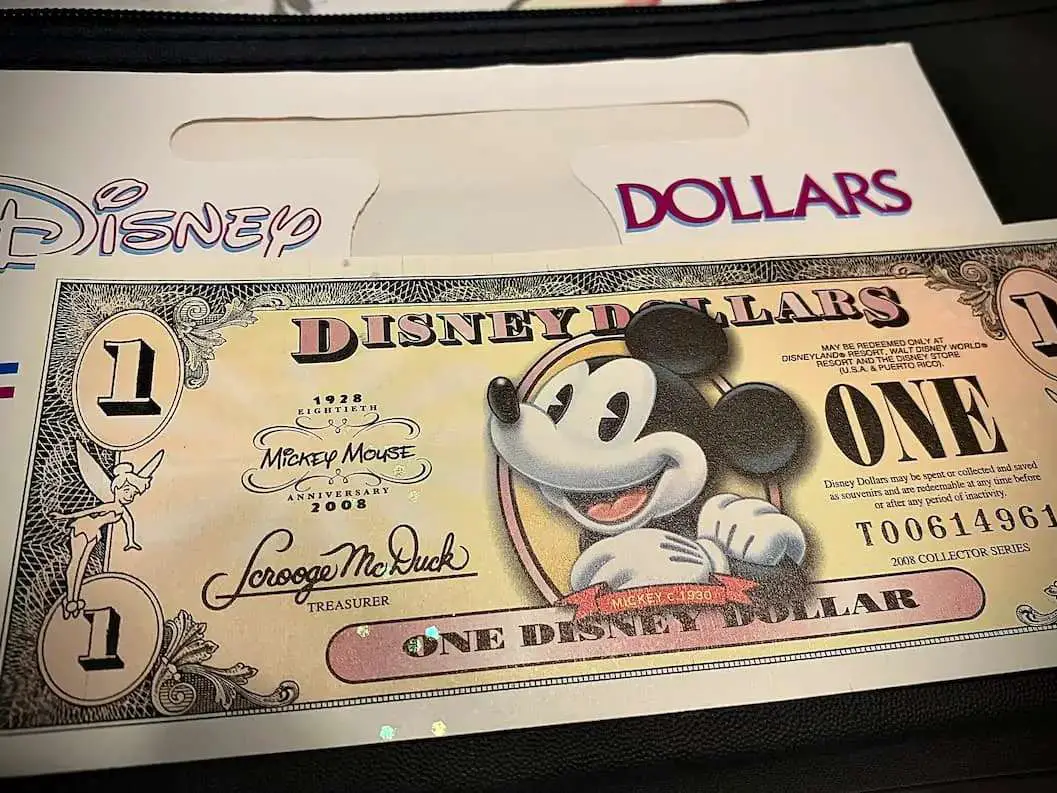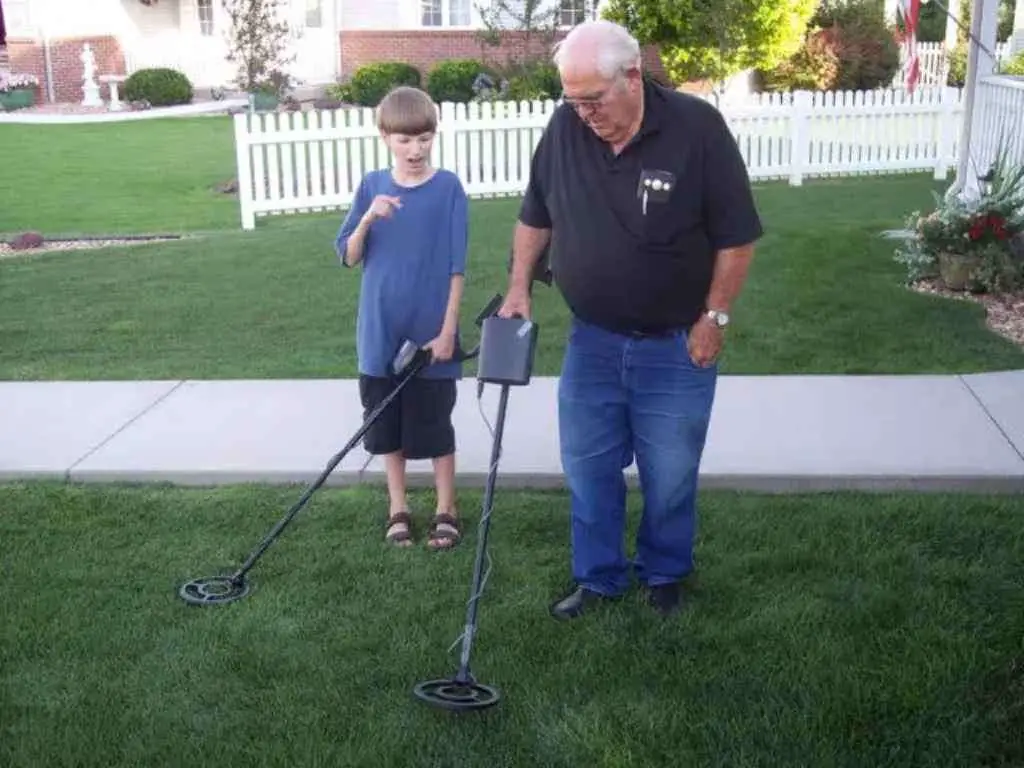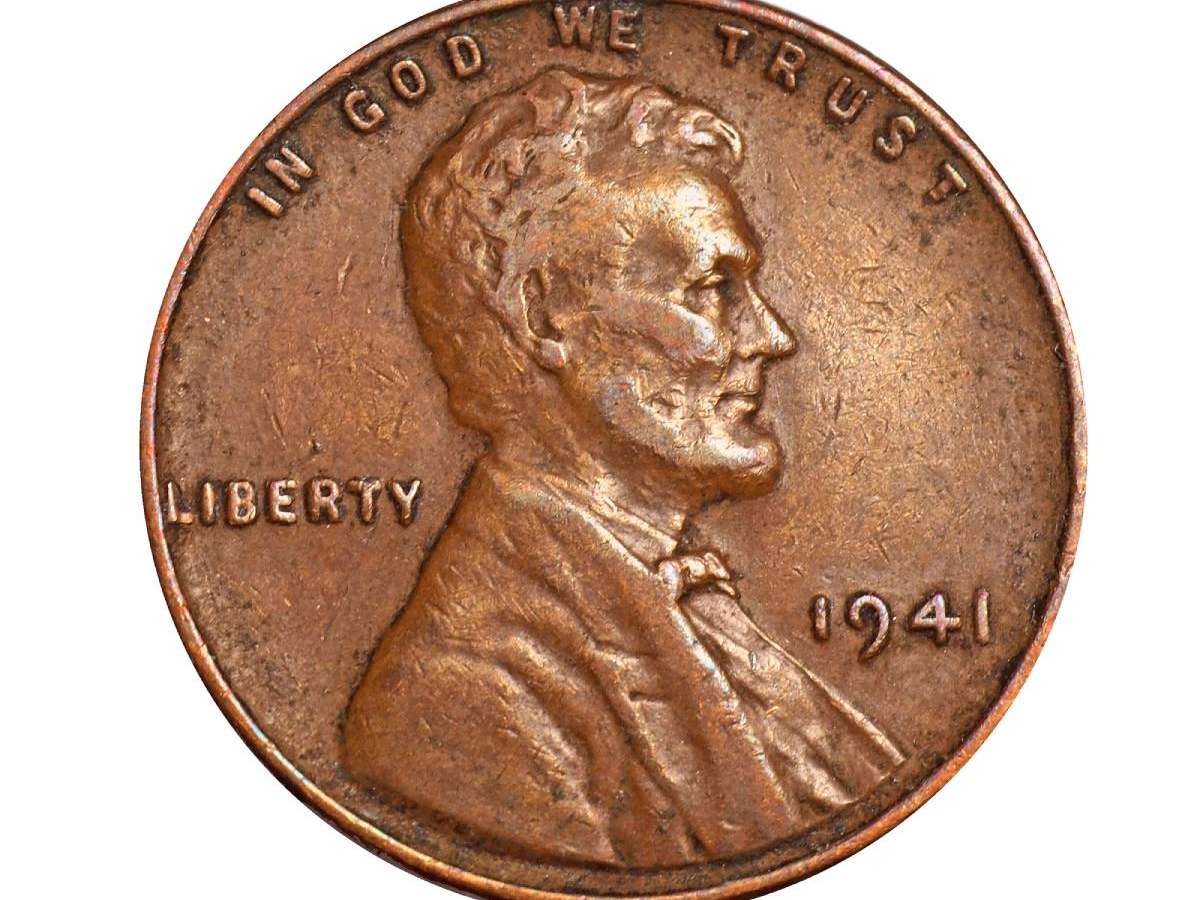Broad strike coins are really cool mint errors!
As you can see in this example of a broad struck coin, there is a misshapen rim:

Broadstrikes are usually flatter and wider than normal coins. However, they will not be any lighter than normal.
Also, a true broad strike coin must show all of its design details.
These error coins are accidentally made at the U.S. Mint.
These amazing error coins are scarce and unusual pieces that many coin collectors love!
Broad strike coins tend to invoke a lot of questions, such as:
- What exactly is a broad strike on a coin?
- Why are they made and how do they escape the mint?
- What are broad strike coin values?
- Where can you find broadstrike error coins?
Let’s dive into the fascinating world of broadstrike error coins…
What Is A Broad Strike Coin?
Broad strike coins — or broadstrikes — are major error coins with significant value.
A broad struck coin is one that somehow did not get struck correctly within the retaining collar that holds the blank coin (or planchet) in place when it’s being struck. When the retaining collar fails to deploy, a broadstrike is born!
Specifically, the retaining collar is what makes the edge of the coin when the blank is pressed between the obverse and reverse coin dies. This retaining collar is also the device that helps stamp the reeded edges (or vertical lines) on the edges of coins — like we’re used to seeing on dimes, quarters, and half dollars.
Many modern dollar coins feature lettered edges. In this case, the retaining collar is what stamps inscriptions onto the edges of those coins. When the retaining collar fails to properly corral dollar coins or other pieces with lettered edges, the edge inscriptions won’t be stamped.
How Are Broad Strike Coins Made?
Most often, mechanical glitches simply cause the retaining collar not to engage with the coin when it’s being struck.
There may also be cases where a coin press was being adjusted and an oversight or minor unintentional tweak to the machinery caused the retaining collar to not work correctly.
Yes, even in the high-tech modern mints of today, these little problems happen when coins are made. And when they do, error coins are born!
You can get a better idea of how broad strike coins happen by watching this video showing how U.S. quarters are made:
What Do Broad Struck Coins Look Like?
Broadstrike coins have substantial abnormalities — so they’re rather easy to identify:
- They’re usually thinner and wider than normally struck coins.
- They will usually have an incomplete edge with a missing or misshapen rim.
- There will probably be a lot of extra space between the inscriptions found near the rim of the coin (like the motto “IN GOD WE TRUST” as seen on the obverse of a Lincoln cent) and the edge of the coin.
- They may be off-centered a bit or perfectly centered — though all of the design must be present in order for it to classify as a true broadstruck coin.
How Do Broadstrikes Leave The Mint?
When broad strike coins are discovered in the quality control process, they are supposed to be removed from the batch of regular coins, destroyed, and then recycled — to be struck as another coin.
However, sometimes these coins simply escape the detection of mechanical filtering devices and the human eye. When this happens, out the door the broadstrikes go!
As you can see, broad struck coins are distinct from many other kinds of error coins. Because of this, they are highly sought after and often command some significant premiums.
What Is A Broad Struck Coin Worth?
These errors are worth quite a bit of money!
Broadstrikes range in value from $5 to $50 for modern pennies, nickels, dimes, and quarters. Older pieces and larger-denomination coins are worth more.
Since these coins aren’t as widely as traded as, say regular Lincoln pennies or Morgan silver dollars, it can be hard to pinpoint an exact value for any given broadstrike error coin – especially sight unseen.
Having said that, it’s still possible to provide a fair range of values for “typical” examples of broad strike coins.
The following list of values gives you a good idea how much broadstrike error coins are generally worth…
Broadstrike Error Coin Values
| Coin Type | Estimated Value Range |
|---|---|
| Indian Head cents | $50 – $75+ |
| Lincoln cents | $5 – $10+ |
| Buffalo nickels | $200 – $300+ |
| Jefferson nickels | $5 – $10+ |
| Mercury dimes | $50 – $100+ |
| Silver Roosevelt dimes | $25 – $75+ |
| Copper-nickel clad Roosevelt dimes | $5 – $10+ |
| Silver Washington quarters | $150 – $300+ |
| Copper-nickel clad Washington quarters | $25 – $50+ |
| 50 State Quarters | $20 – $40+ |
| Franklin half dollars | $400 – $750+ |
| Kennedy half dollars | $75 – $200+ |
| Morgan and Peace silver dollars | $750 – $1,000+ |
| Eisenhower dollars | $100 – $200+ |
| Susan B. Anthony dollars | $50 to $100+ |
| Sacagawea dollars | $250 to $500+ |
Where Can You Find Broad Struck Coins?
You can find broad strike coins just about anywhere – your pocket change, a vending machine, even in bizarre spots like take-a-penny-leave-a-penny dishes!
You also stand a good chance of finding them in bags of coins from the United States Mint. However, they’re less likely to be found in coin rolls — because a broadstruck error coin’s wider dimensions may keep it from ever getting into a paper or plastic tube (or wrapper).
If you can’t find a broadstruck coins and insist on having a few for your collection, you might consider buying them from a coin dealer. Many coin dealers specialize in error coins — including broadstrikes and other types of cool errors, such as off-center coins, die breaks, doubled dies, and more!
READ NEXT: The 5 Types Of Coin Rim Errors
I’m the Coin Editor here at TheFunTimesGuide. My love for coins began when I was 11 years old. I primarily collect and study U.S. coins produced during the 20th century.
I’m a member of the American Numismatic Association (ANA) and the Numismatic Literary Guild (NLG) and have won multiple awards from the NLG for my work as a coin journalist. I’m also the editor at the Florida United Numismatists Club (FUN Topics magazine), and author of Images of America: The United States Mint in Philadelphia (a book that explores the colorful history of the Philadelphia Mint). I’ve contributed hundreds of articles for various coin publications including COINage, The Numismatist, Numismatic News, Coin Dealer Newsletter, Coin Values, and CoinWeek.
I’ve authored nearly 1,000 articles here at The Fun Times Guide to Coins (many of them with over 50K shares), and I welcome your coin questions in the comments below!





